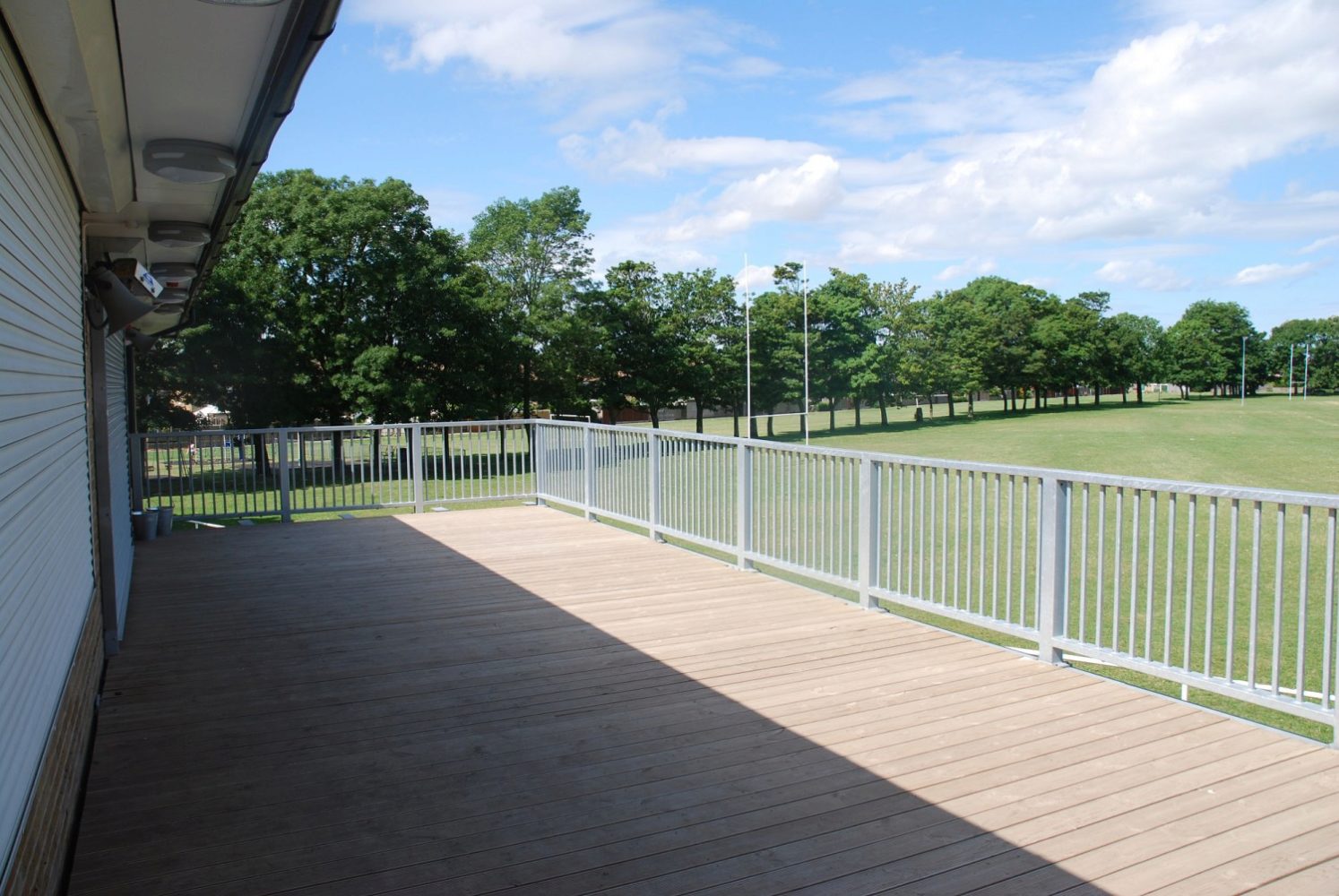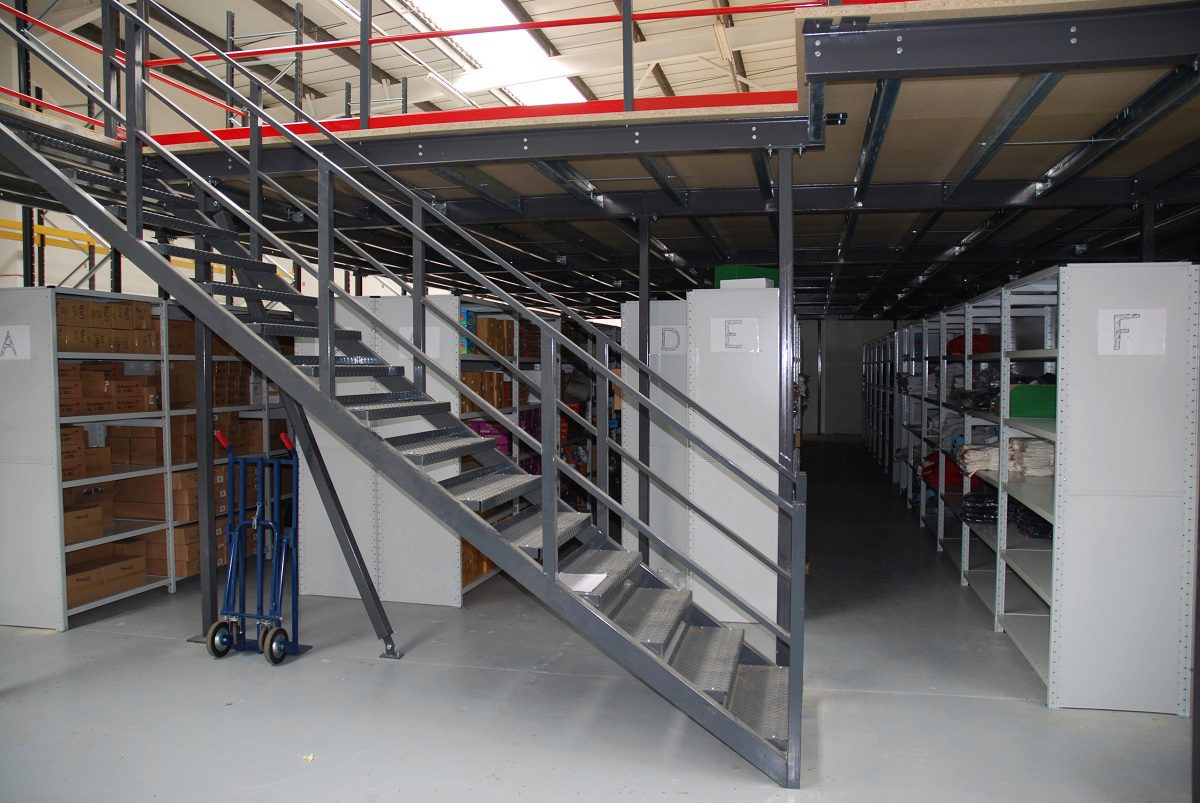For your information
You are being redirected to one of our divisional subsites which contains more detailed information on the required division. To navigate back to the main Invicta Group site, please click the link found in the footer at the bottom of the page.
- Systems
Systems
- Expertise
Expertise
-
Applications
- Archive Mezzanine Floors
- Art Gallery Mezzanine Floors
- Commercial Mezzanine Floors
- Data Centre Mezzanine Floors
- Factory Mezzanine Floors
- Laboratory Mezzanine Floors
- Mezzanine Floors For Manufacturer Storage
- Mezzanine Office Floors
- Outdoor Mezzanine Floors
- Production Mezzanine Floors
- Retail Mezzanine Floors
- Storage Mezzanine Floors
- Warehouse Mezzanine Floors
- Services
-
Applications
- Projects
- Insights
Insights
-
Articles
- How mezzanine floors can support seasonal sales
- What is a Structural Steel Mezzanine Floor?
- Are mezzanine floors rateable? What businesses need to know
- How to elevate your retail business with a mezzanine floor
- UK mezzanine floor regulations: everything you need to know
- How to operate mezzanine floors safely
- Frequently Asked Questions
- A to Z of Terms
-
Articles
- Contact
Contact

UK +44 1843 220 256

US +1 305 328 9444

UAE +971 4 277 6225

Qatar +974 4441 4340

India +91 79945 14049

Malaysia +60 16 286 6225
- Start your project
Are mezzanine floors rateable? What businesses need to know
14th July 2025
Quick Quote
Contact Mick Coyne
To get a quotation or arrange a free site survey - Call Mick Coyne on
-
 UK
UK
Current location:
Quick Quote
Contact Mick Coyne
-
 UK
UK
Current location:
Over at Invicta Durasteel, we spend a lot of time talking about fire ratings. What we haven’t discussed before are business rates, and how installing a mezzanine floor in your premises can influence them. This is an important part of the value proposition for businesses: is it cheaper to stay and expand with a mezzanine floor, or move to different premises?
So, are mezzanine floors rateable for the purposes of business rates? In a word, yes: but the extent to which they influence your business rates can vary significantly. Here’s a breakdown of the influence of mezzanine floors on business rates, what to consider when getting a mezzanine, and why mezzanine floors can still save money and hassle in the current market.
How business rates work
Most business owners will be intimately familiar with business rates. A form of tax levied on most non-residential properties—including shops, offices, warehouses, and factories—business rates are charged by local authorities, and used to help fund local services. The rates are calculated based on the “rateable value” of a property, which is assessed by the Valuation Office Agency (VOA), part of HM Revenue & Customs (HMRC).
The rateable value of a property is a reflection of how much annual rent the VOA deems that the property could make on the open market, as of a given date. This is then multiplied by a set figure which is set annually by the government. Properties with a lower rateable value use the small business multiplier, while all other properties use the standard multiplier. The resulting figure can be adjusted further by reliefs, such as Small Business Rate Relief or Rural Rate Relief, depending on the nature and location of the business and property.
Properties are periodically reevaluated to make sure that their rateable value reflects changes in the property market, with the most recent being in April 2023. During revaluations, the VOA reassesses all business properties, which can lead to increases or decreases in payable rates. Transitional relief schemes are sometimes introduced to ease the financial impact on businesses following a revaluation, particularly if this trends towards widespread rate increases.
Business rates are often one of the biggest forms of business expenditure, particularly for small and medium-sized enterprises. In recent years, there’s been a growing debate over the fairness and effectiveness of the current business rates system, especially given the rise of online retailers with minimal physical premises, and therefore significantly lower overheads. In response, the government has introduced periodic reviews and consultations, exploring reforms that could better align the system with today’s economy.
How mezzanine floors impact business rates
Anything which materially impacts the value of a building is likely to affect its business rates when they are next calculated. As a result, mezzanine floors are rateable, and will generally have some impact on business rates. The extent of this impact can vary, however.
Several factors determine the extent to which a mezzanine floor will change your business rates. Key factors include its scale, its permanence, and what it is used for, but a range of other factors may also apply:
Mezzanine size
The larger a mezzanine floor is—i.e. the more headroom it occupies and the more floor space it adds—the likelier it is to influence business rates. A small mezzanine which is used to segment part of your storage or house a small overlook for supervisors is unlikely to have a major impact on business rates.
Conversely, a large mezzanine floor—such as those used in large retail stores such as supermarkets, or to add multiple tiers of additional warehouse storage—will inevitably be more expensive and add more useable space to the building, making it more likely that it will influence your business rates.
Mezzanine usage
What a mezzanine floor is used for can also influence its perceived value. Using a mezzanine floor for additional office space, for instance, may mean that it is seen as both a more permanent fixture and as adding more value to the business. Conversely, using it for storage could be seen as adding less value and being a more temporary form of use.
A good example would be a mezzanine used to host a cafe or restaurant in a large retail space, such as a furniture or homeware store on an industrial estate. The added value of a cafe which is designed to retain customers (and may provide better margins than other goods sold by the retailer) could be seen as adding much more value to the business than an equivalently-sized storage mezzanine, and thus be subject to higher business rates.
Construction and permanence
One of the benefits of a mezzanine floor is that it isn’t a fixed or permanent structure, and can be dismantled and moved or extended if necessary. However, there are varying levels of permanence to mezzanine floors, which may be considered in how business rates are calculated. A mezzanine floor which has a large amount of supporting infrastructure will be deemed to be more permanent than one which has very simple access infrastructure, and may therefore be considered differently in business rates calculations.
Factors around the construction of a mezzanine that could influence business rates might include access walkways and lifts; fire protection systems; toilets or offices on the mezzanine; or other systems designed to commute people or goods on and off of the mezzanine. These systems and features reflect a level of permanence and integration of the mezzanine floor into the business environment that are likely to increase its perceived value, and thus the impact it will have on business rates.
Any impact of the mezzanine on the external structure of the building will also lend to this. External access features such as loading ramps, lifts, or staircases; windows; or structural support features add to the impression that the mezzanine floor is a permanent fixture of the building, and increase its perceived value.
Things for businesses to consider
In spite of these factors, investing in a mezzanine floor remains a highly effective way to maximise the use of existing space without the need for relocation or building expansion, both of which can confer substantially higher upfront costs, and lead to their own increases in business rates. Particularly in warehouses, retail spaces, or industrial units, mezzanines provide an extra level of flexible usable floor space. When designed with a certain use case in mind, structural steel mezzanines can support almost any application, making them functionally equivalent to a building extension.
Mezzanine floors can increase a property’s rateable value, and thus lead to higher business rates, but this cost is often outweighed by the commercial benefits they bring. Expanding storage or production capacity through a mezzanine, for instance, can allow you to scale up your operations, fulfil more orders, or introduce new product lines, all without incurring the high capital expenditure associated with moving premises. The timescales involved are also wildly different: offsite fabrication and rapid installation mean you can quickly add operational capability and increase revenue with minimal downtime or disruption.
Mezzanine floors are also highly flexible, not just in terms of what they are used for, but where and how they are deployed. Our mezzanines for instance are both modular and demountable, meaning they can be adapted, expanded, or removed as your business evolves. This level of flexibility not only reduces risk, but can also enhance the return on your investment. You could for instance pivot to using your mezzanine floor for production instead of storage, giving your business greater agility and reactivity to the demands of your customers.
Mezzanine floors can also offer long-term financial and strategic advantages. Rather than tying up capital in new premises, or enduring the costs and downtime associated with a relocation, a mezzanine floor allows for growth in-place. While business rates may increase slightly, this should be seen as part of a broader cost-benefit analysis — weighing the increase in overheads against the immediate and substantial impacts on your flexibility, storage capacity, and short-term expenditure.
–
Business rates are a relevant factor to consider when constructing a mezzanine floor, but they can be as much of an advantage as a disadvantage. Compared to the increase in rates on expanding or moving premises, a mezzanine floor can actually reduce rates comparable to the benefits you receive: floor space that is flexible to your needs, minimal disruption, and smaller numbers on your balance sheet.
Accreditations & Affiliations








Start your project
Tell us about your project. Please complete this form. One of our sales team will come back to you with more details. If you prefer, you can drop us an email.




Share/Like this page